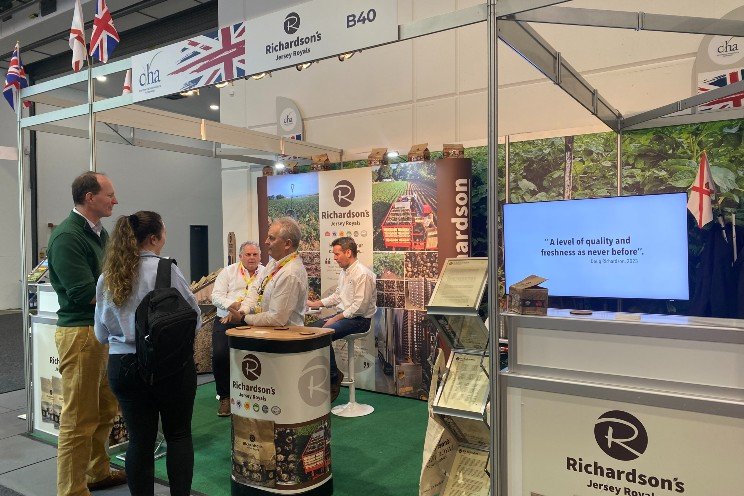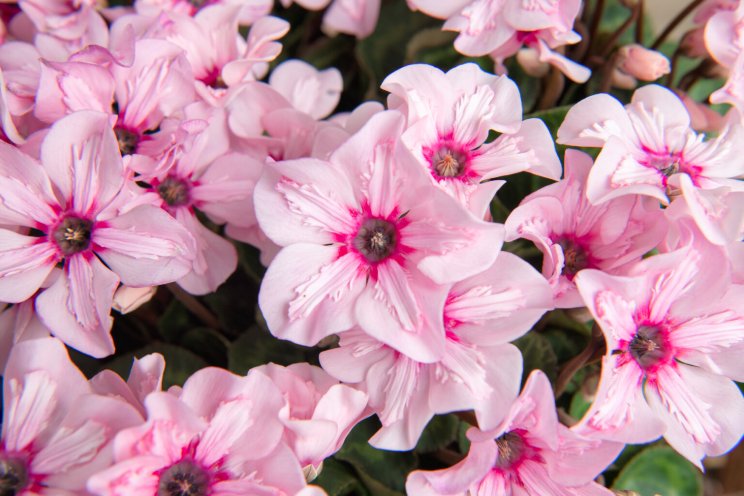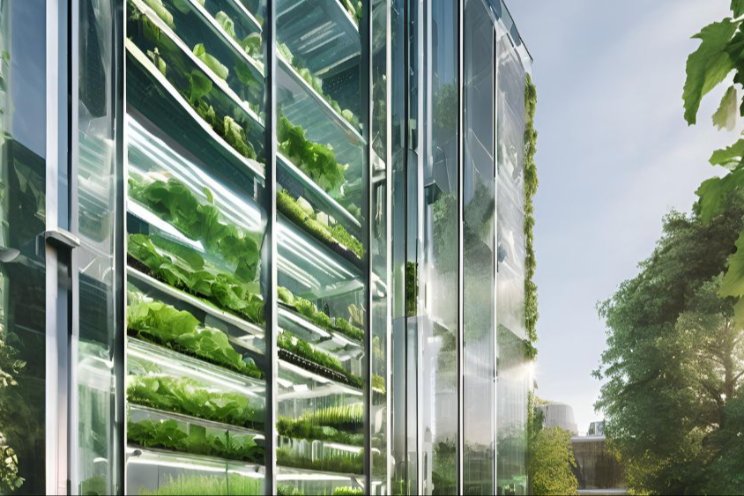Mapping fruit characteristics faster with vision and AI
Added on 22 July 2022

New varieties of flowers, plants, vegetables, and fruits are assessed according to the DUS method: is the new variety distinguishable from existing varieties (Distinctness), is the new variety and its possible fruits homogeneous (Uniformity), and are the character traits stable over consecutive seasons (stability). In order to establish whether a variety adheres to the DUS standard, bodies such as the Dutch Naktuinbouw score new varieties on dozens of characteristics. As scoring occurs manually and hundreds of varieties need to be checked for each crop each year, this procedure is highly labor-intensive. Within the European collaborative project INVITE several research institutes are now looking for solutions to automate these procedures.
Measuring and weighing tomatoes
In the case of tomatoes, a registration involves 61 DUS traits, of which at least a third relate to the fruit. This means that, in order to fulfill a year's worth of variety registration requests, experts have to manually measure, weigh, and assess thousands of tomatoes.
Continue reading.
Courtesy of Wageningen University and Research
More news















